WHAT ARE the EXPERTS SAYING?
“I was raised on a ranch near Steamboat Springs and received my doctorate studying the response of wildlife to anthropogenic activity. Since then, I have spent my career studying and developing proactive solutions to wildlife-human conflicts in western communities. As such, I have been keeping up with the debate surrounding the Mad Rabbit trail expansion project and have two specific concerns:
1. There is more than enough information in the scientific literature to establish that the trail expansion as proposed is likely to impact wildlife negatively.
2. Though the National Environmental Policy Act is a useful planning tool at large scale when deployed properly, it is generally ineffective at assessing impacts of smaller-scale projects, particularly when using the minimal Environmental Assessment process as proposed.”
Disturbance band analysis for Mad Rabbit Proposal A, extracted from CPW letter to US Forest Service.
Dated Jan 15, 2018.
“Elk frequently do not adapt well to trail based recreation. Elk increase their daily activity levels and movements in the presence of mountain biking and hiking which reduces the time spent feeding of resting (Naylor et al 2009, Wisdom et al 2004). This increase energy demand occurs simultaneously with decreased forage intake and displacement to areas with poorer quality forage. The net result is a decrease in body condition, which affects the chance of individual health, survival and reproduction. ”
“The density of trails proposed in both alternatives would fragment habitat and travel patterns for numerous wildlife species. Additionally, with the present location of the trails, elk would be disturbed and pushed to surrounding lands, including private lands. This would impact not only the elk herds, but private landowners, hunters, and wildlife viewing enthusiasts. Please develop an alternative or alternatives which address the impacts to critical wildlife species and reduce impacts.”
“...To differing extents, human activities taking place where animals are present have an impact on those animals. The amount of impact differs based on the activity and a series of factors
...It was suggested that harassment was most damaging when animals were in poor condition (Geist 1970) and when disturbance was frequent and unpredictable. Wildlife responses to disturbance are shaped by six factors: type of activity; predictability of the activity; frequency and magnitude of the activity; timing (e.g., breeding seasons); relative location (e.g., above versus below on a slope); and the type of animal including: size, specialized versus generalized niche, group size, sex and age (Knight and Cole 1995). For several ungulate species, the greatest negative responses to recreational activities (either motorized or non•motorized) were measured for unpredictable or erratic occurrences (Canfield et. al. 1999). ”
Colorado Game Warden: recreation/human impacts on wildlife
Audio clip from: MeatEater Podcast - Episode 121 - A Man of the Law
“...There are currently more than enough areas to expand outdoor recreation opportunities without introducing potentially irreversible impacts to wildlife.”
“...We would urge the Forest Service to slow down this process. We believe that most local citizens are just becoming aware of this proposed project and the comment period should be extended. A project of this magnitude deserves it.”
“...is nearly as destructive as building sub-divisions on thousands of acres”
“The large sphere of disturbance by riders using extreme terrain deeper and deeper into prime habitat is nearly as destructive as building sub-divisions on thousands of acres. Elk, disturbed by the relentless intrusion by riders, will abandon good habitat and be forced into less suitable land. The result will likely be even deeper reductions of the elk populations. I regret voting for 2A now because the initiative has been hijacked and no longer serves what ordinary riders expected close to town.”
-Mike Middleton | District Wildlife Manager (Steamboat Springs 1981 - 2013)
“...humans raising our babies next to a high speed train track”
“This proposed trail system for extreme mountain biking is extensive and intensive by nature of the user, effectively extending the city into National Forest. It is to forest wildlife as it would be to humans raising our babies next to a high speed train track. There are so many better options to consider - let's do it together!”
- Kim Vogel | Retired Routt National Forest Lands Manager (Local District Ranger)
“More voices to be added soon!”

